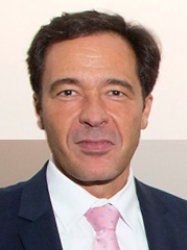BibTex format
@article{Charalambides:2015:10.1080/00102202.2014.953676,
author = {Charalambides, AG and Hardalupas, Y and Soulopoulos, N and Taylor, AMKP and Aleiferis, PG and Urata, Y},
doi = {10.1080/00102202.2014.953676},
journal = {Combustion Science and Technology},
pages = {679--696},
title = {Using Infrared Laser Absorption to Measure Hydrocarbon Concentration in a Lean-Burn, Stratified-Charge, Spark-Ignition Engine},
url = {http://dx.doi.org/10.1080/00102202.2014.953676},
volume = {187},
year = {2015}
}

